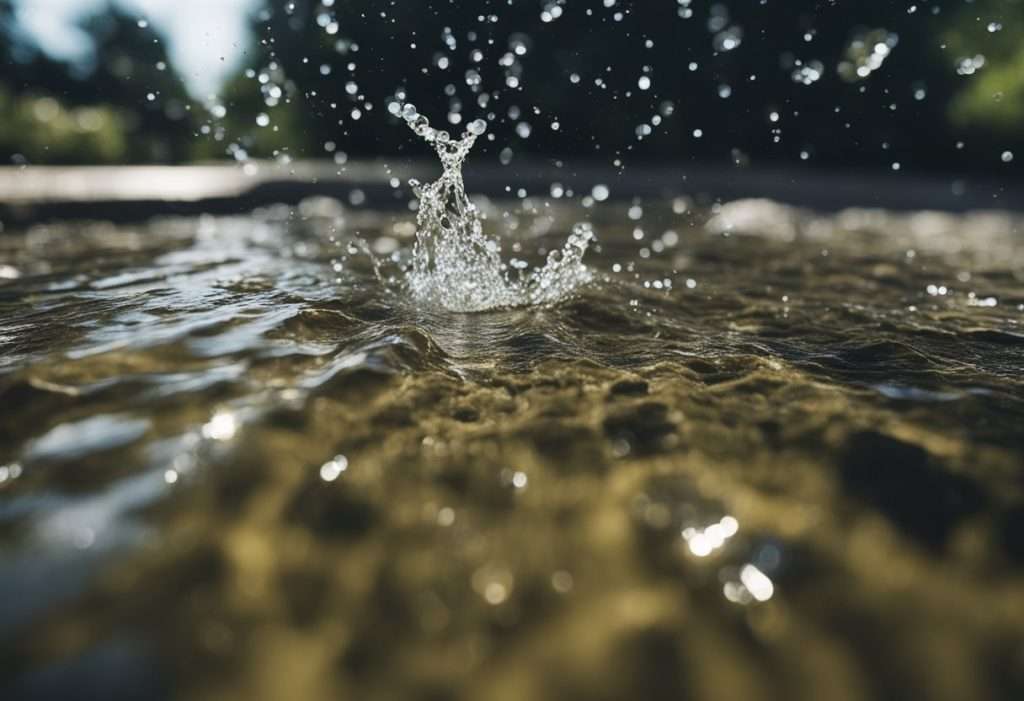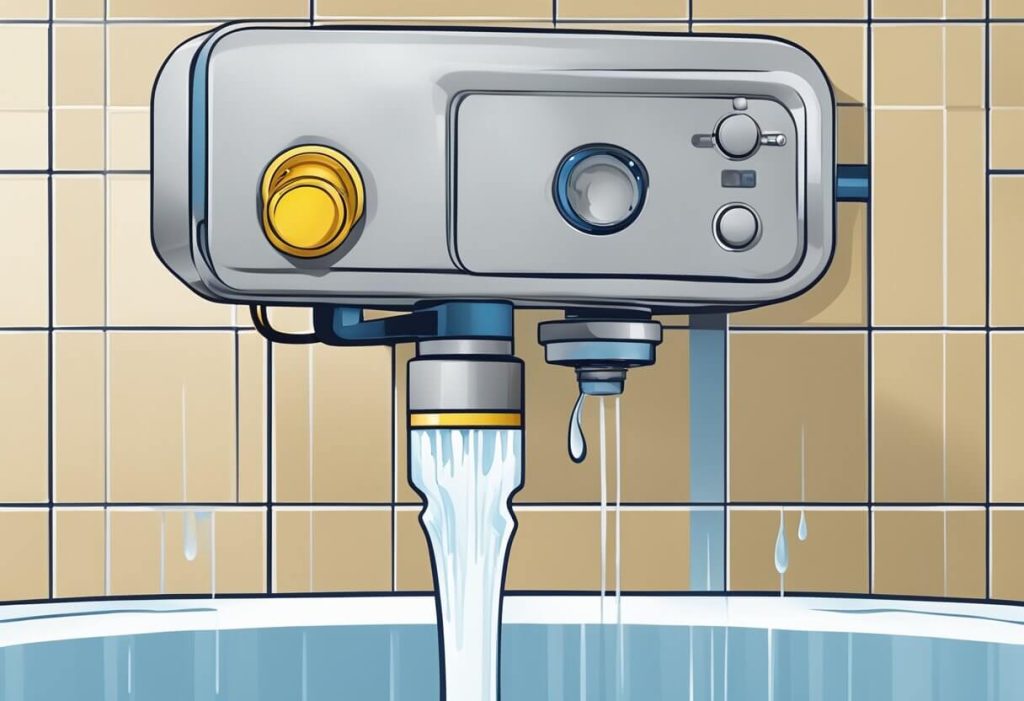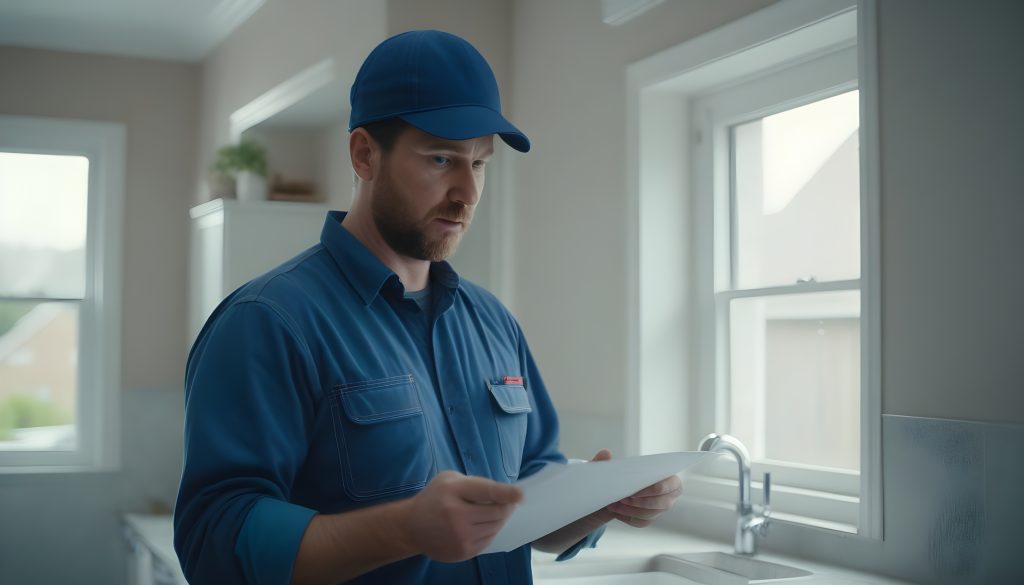Different Techniques for Detecting Underground Water Leaks: Effective Methods for Swift Identification

Underground water leaks can be a significant challenge for homeowners. Not only do these leaks lead to higher water bills, but they can also cause substantial property damage. If not detected and repaired promptly, the consequences can extend beyond the home, potentially harming the surrounding environment.
Locate the Water Meter
Locate the Water Meter Checking the water meter is one of the most straightforward methods for detecting an underground leak. If the meter dial is spinning unusually fast, it could indicate a leak in the plumbing system. To perform this check, follow these steps:
- Go outside and locate the water meter.
- Identify the dial marked “leak.”
- Ensure that no water is being used inside the house.
If the leak indicator is moving when water is off, this suggests that there might be an issue, possibly involving water pressure or a valve malfunction.
Keep an Eye on Water Levels
Keeping an eye on the water levels in your toilet tank or hot water heater can help identify potential leaks. Observing any fluctuations in these levels over time is critical. If a noticeable drop or rise occurs, it may signal an underlying issue. Additionally, areas like the basement or yard should be checked for unexpected pools of water or low water pressure, as these could also point to hidden leaks in the plumbing system.

Moss Development on the Lawn
Unusual patches of moss in your yard could signal an underground water leak. Moss thrives in areas with consistent moisture and shade. If you notice moss appearing on your lawn, it may suggest an issue with underground pipes. Homeowners should check for any surrounding damp areas or unusual green patches. These could point to leaks from irrigation systems or nearby trees that retain moisture. Not addressing these signs might lead to further problems, such as mold and unpleasant odors in the yard.
Inspecting Your Toilet for Underground Water Leaks
To check for leaks in your toilet, start by filling the bowl with water. Run the faucet until the water level reaches about one inch. Next, add a drop of food coloring to the water and allow it to sit for several minutes. After a while, examine the bowl closely. If a leak is present, a colored ring will likely appear on the inside.
Another effective method to detect leaks is by using a dye test kit. These kits can be found at hardware and home improvement stores. They contain a liquid that turns bright blue when mixed with water, which helps in identifying water sources more easily.
Observe for Indications of Underground Water Damage or Staining
- Be vigilant for signs of water damage throughout your property. Key areas to inspect include:
- Walls: Check for discoloration or stains.
- Flooring: Look for warped or wet spots.
- Basement: Pay attention to dampness or mold.
These signs can indicate plumbing issues requiring attention.
Moisture Marks on Walls and Floors Cause by Underground Pipe Leaks
Damp spots on walls or floors often indicate a potential water leak. To check, use a towel to see if the area is wet. Leaks may originate from pipes or their connections. A simple way to investigate further is to run a hand along the surface. If it feels damp, a leak might be present. In such cases, it’s likely that an underground leak exists, which should be addressed by a qualified plumber. Using moisture meters can also help detect hidden moisture and pinpoint the extent of the issue effectively.

Cracks in Your Driveway, Sidewalk, or Patio
Cracks appearing in driveways, sidewalks, or patios can indicate potential issues with underground water. When cracks are noticed near a home, it often indicates that water may be flowing underneath through pipes. This pressure from the water can lead to the formation of cracks over time. If any cracks are detected on the property, it is wise to consider that a plumbing issue might be present. Addressing these concerns promptly by contacting a plumber is essential to prevent further damage.
Signs of Underground Water Damage on Interior Walls
Water stains on interior walls often point to a leaking pipe within the home. These stains may appear on ceilings and floors, suggesting that the source of the leak isn’t immediately visible. It is essential to examine areas such as basements and crawl spaces, as stains in these regions can signal hidden leaks behind the walls.
Key Points:
- Look for discoloration or peeling paint.
- Inspect damp spots in less noticeable areas.
- Investigate any signs of moisture promptly to avoid more significant issues.
If water stains are detected, contacting a plumber for a thorough inspection of the plumbing system is advisable to prevent further damage.

Detecting Underground Water Leaks with a Pipe Locator Device
A pipe locator device is a popular tool used by professionals to identify underground water leaks. It works by sending out radio signals that detect metal pipes, making it effective for locating issues quickly. When attempting to find a pipe leak, combining this technology with an acoustic listening device can enhance detection. These devices pick up unusual sounds of water moving through the pipes, which might go unnoticed otherwise.
In addition to pipe locators, thermal imaging and trace gas methods can be employed. These techniques further aid in the identification of leaks within the water supply pipe systems or sprinkler systems, ensuring thorough and efficient leak detection.
https://www.youtube.com/watch?v=3ljkxO4fzvE
Investigating the Soil Water pipe Leaks Underground
Probing the ground can help identify underground water pipes by detecting areas with high moisture or abnormal air pressure beneath the lawn. This method can also reveal soil movement, suggesting a potential break or collapse of a pipe. A typical probe consists of two sections: one anchored in the soil and another above ground to measure pressure changes. Additionally, monitoring tree roots and examining sinkholes may provide further clues about underground conditions. This process helps ensure efficient excavation and maintenance of water infrastructure.

Tracking Your Water Expenses
Monitoring your water bill is essential for detecting potential underground leaks. A consistent rise in water bills can indicate a hidden issue. It is important to analyze usage over the last two to three months. If there is a marked increase compared to previous months, it may signal a leak that requires immediate attention.
Key Steps to Monitor Water Bills:
- Review: Check the current bill against past statements.
- Compare Usage: Look at the amount of water used each month.
- Identify Patterns: Note any irregular spikes in consumption.
Addressing a water leak promptly is crucial to avoid extensive damage and high repair costs. If leaks go unnoticed, they can lead to significant problems in the home.
There are various methods available to locate underground water leaks, each with its effectiveness. Homeowners should assess which option suits their needs best. Taking swift action can prevent long-term damage and reduce costs. For expert assistance in finding an underground water leak, contact Seven Engineering Group for specialized plumbing solutions.
